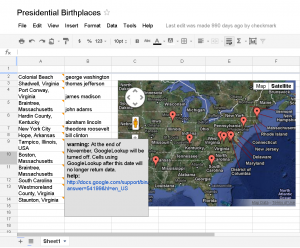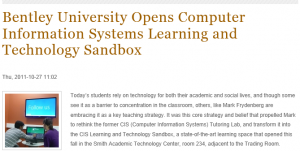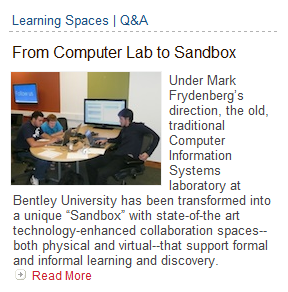
Campus Technology‘s February2012 issue includes an article that my ISECON colleagues Pat Sendall and Wendy Ceccucci wrote on the use of smart phones as teaching tools.
Here’s the full article.
Let’s get one thing straight. Smartphones are a permanent feature of college classrooms, whether you like it or not. Most students already have them, and it’s just a matter of time before the rest follow suit. From ordering a late-night pizza to posting pictures on Facebook of their roommates eating it, students rely on their phones for everything.
Yet students’ attachment to these devices is not necessarily a bad thing. Like any internet-connected computer, smartphones can play a valuable–even exciting–role in teaching and learning. What better way to reach students than via a device they treat like their significant other? At the same time, smartphones do have a dark side. They are the ultimate obsession of today’s students–a wonderland of games, friends, apps, and YouTube videos. Does the bored kid in the back row really need such easy diversions? As educators work to come to terms with these devices, the challenge will be to find ways to accentuate the positives while minimizing the distractions.






